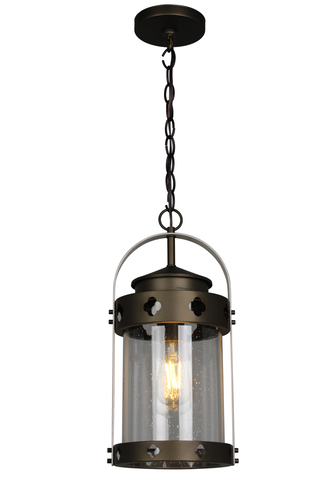In modern road and bridge construction, sound tubes play a crucial role in acoustic wave detection systems, especially in the ultrasonic testing of cast-in-place piles. These tubes are essential for ensuring the integrity and quality of concrete structures. Among various types of sound tubes, the clamp pressure sound tube stands out due to its numerous advantages. It is easy to install, cost-effective, and offers reliable tensile strength with minimal loss during the process.
Clamp-type sound tubes come in two main configurations: double-headed double-sealed and single-head welded. The single-head welding type is more commonly used due to its simplicity and effectiveness. The outer diameter of these tubes typically comes in three standard sizes: 50mm, 54mm, and 57mm, with wall thickness ranging from 0.8mm to 2.0mm. However, it's important to note that the wall thickness cannot exceed 2.0mm, and this limitation is rooted in the design and function of the clamp pressure system.
The principle behind the clamp pressure sound tube involves using hydraulic clamps to deform the pipe, creating a tight seal by compressing the ends while keeping the middle section smaller. This deformation ensures a secure connection, with the sealing mechanism relying on an O-ring that contracts radially to prevent leakage. Additionally, the deformed area provides strong resistance against both pull-out and torque forces, making the joint highly stable.
The rounded protrusion of the tube also helps reduce the risk of interference with the casing or vibration equipment during installation. However, when the wall thickness exceeds 2.0mm, the hydraulic clamping process becomes ineffective. The thicker walls make it difficult for the clamps to flatten the tube properly, leading to improper compression and compromised sealing. As a result, the sound tube may not maintain its structural integrity, affecting both its performance and reliability.
To ensure optimal functionality, it's recommended to stick to the standard wall thickness range of 0.8–2.0mm. This allows the clamp pressure system to work efficiently, guaranteeing a secure and durable connection that meets the demands of modern construction projects.
Outdoor Hanging
Outdoor Hanging refers to the act of suspending objects or decorations
from a structure or tree in an outdoor setting. This can include hanging
plants, outdoor Lighting Fixture, wind chimes, flags, and other
decorative items. Outdoor hanging can be used to add visual interest and
dimension to outdoor spaces, create a cozy and inviting atmosphere, or
simply to add functionality to outdoor areas. It is important to
consider the weight and durability of Lighting Product being hung, as well as
the safety of the structure or tree being used as support. Proper
installation and maintenance are also important to ensure the longevity
and safety of outdoor hanging decorations.

Outdoor Hanging,Outdoor Pendant Lamp,Outdoor Post Lamp,Black Garden Pendant Lights
Zhengdong Lighting Co., Ltd. , https://www.sundint.com

